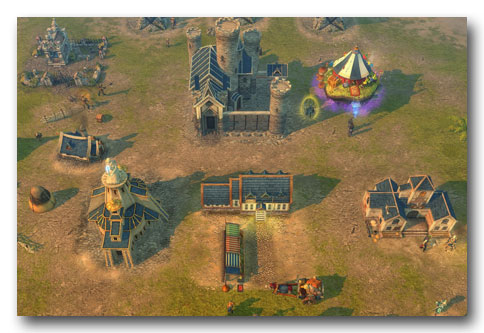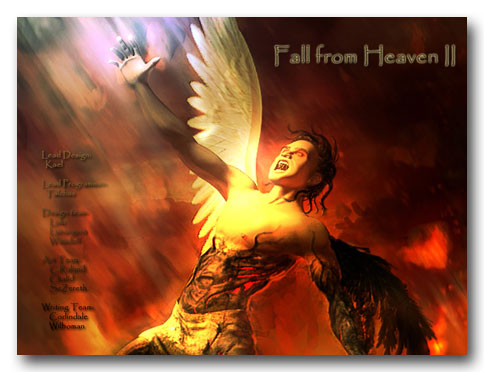Chris Crawford has always been one of the most forward-looking and prescient gaming commentators, and looking back upon his writing it’s remarkable just how far ahead of the pack he was. Trip Hawkins’ EA may have claimed to have seen farther but it was Crawford who actually did. In 1981, he was anticipating the negative effects of anti-piracy solutions on consumers and, in an era of crude blobs bleeping obnoxiously, he was heralding the awesome potential of games as participatory art.
He’s developed games and written books about game development but his finest hour was the speech he made at the Computer Game Developers Conference in 1992. Even 19 years later, The Dragon speech (video: part 1, 2, 3, 4, 5) remains one of the most exhilarating and dejecting works you’ll ever read, hear or see about gaming. It is at once a glorious paean to gaming’s importance and a strong condemnation of its failure to achieve its ultimate potential. It’s Crawford at his very best with everything on display: the intelligence, the arrogance, the bluntness, the humour, the passion, the theatrics and most importantly, the insight.

Here’s what he had to say about game difficulty:
“Think in terms of a scale of difficulty with simple games at the bottom and hard games at the top. But the scale applies to people as well with inexperienced people at the bottom and very expert game players at the top. Now any given game falls somewhere on this scale but it doesn’t fall at a single point. It actually has a window. There’s the lower level of difficulty and the upper level of difficulty. When you first start playing a game, you normally start off below the lower level and what happens? You get stomped, the game clobbers you and you lose. But no problem, you come back and try it again and you learn and you get better. You start climbing the ladder and as you climb the ladder pretty soon you climb above the lower level of difficulty and you climb into the fun zone where the game is challenging and interesting and fun. You keep playing so you keep learning and you keep climbing the ladder and as you do, the day comes when you climb above the upper level. Now the game is too easy to beat. It’s boring. You don’t play it anymore. You put it aside. And then what do you do? Well, you buy another game. But this game is going to be a little more difficult than the previous one. It’s going to be higher up on the scale so you’ll climb up through that game and put it aside and buy another game and another and another. You’re just going to climb up that ladder, improving your expertise. And the result is something I call games literacy.”
(The downside of being so far ahead of the pack is when the pack does finally catch up it will have completely forgotten those who were there before, resulting in inadvertent rediscoveries of old discoveries. What Crawford described as the ladder of difficulty is now known as the Chick Parabola.)
Though that may seem like a simple observation, and one hardly worth pointing out since it would appear to be fairly obvious, it’s actually a very important one as it informs a lot of behaviours, patterns and expectations in gaming.
Continued…



